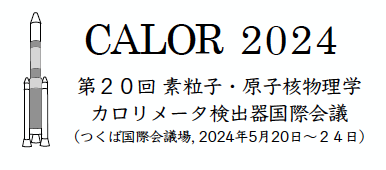Speaker
Description
Future collider experiments and the upgrade of the existing large-scale experiments impose unprecedented radiation conditions for the calorimeter systems, particularly in the forward region. The calorimeters envisaged for these operating conditions must be sufficiently radiation-hard and robust in order to perform as expected for the entire lifetime of the experiments. In this context, a novel calorimeter design utilizing quartz-Cherenkov calorimetry, termed Q-Wall has been developed. The Q-Wall concept is a sampling calorimeter that alternates between plates of absorber (Fe, Pb, W, etc.) and active planes. The active planes comprise compact arrays of PMTs with either very thick quartz windows or fused silica pads optically coupled to traditional PMT windows. In these active elements, charged particles with β > 0.685 produce Cherenkov radiation which impinges directly onto the photocathode of the PMT. The Q-Wall concept holds the promise of a very fast and highly granular tracking calorimeter suitable for high radiation environments.
A prototype module of Q-Wall was constructed and tested at CERN test beam. The prototype consisted of three photodetector setups: multianode PMTs directly coupled to ultraviolet-transmitting (UVT) plexiglass in a 2 x 2 and 3 x 3 configuration, an 8 x 8 array of SiPMs coupled to a 5 x 5 array of borosilicate glass cubes, and a 3 x 3 array of SiPMs connected to a 3 x 3 array of borosilicate glass cubes. Here we report on the results of these tests and compare them with electromagnetic shower development simulations with GEANT4.
